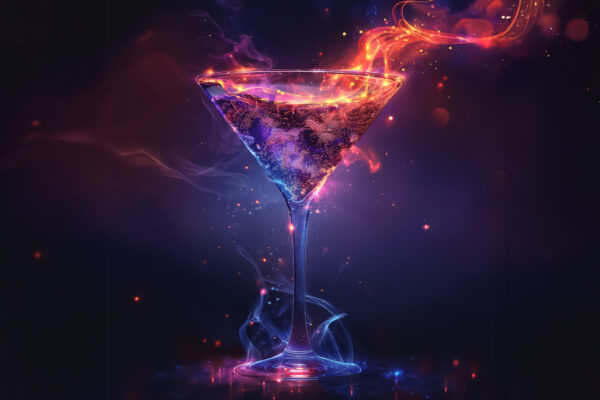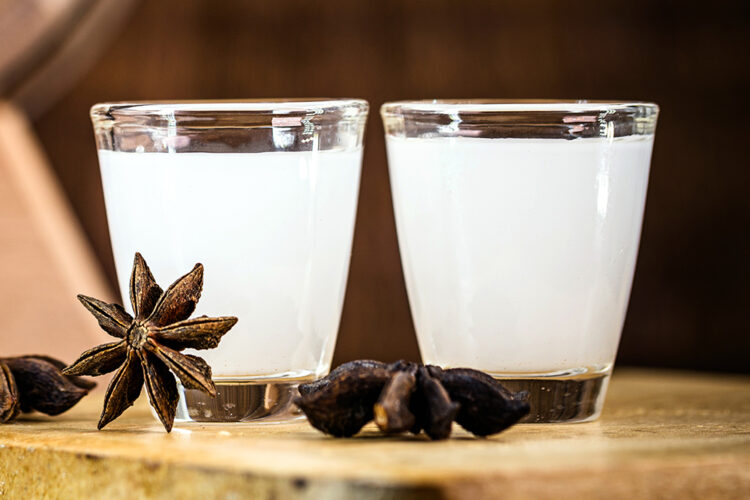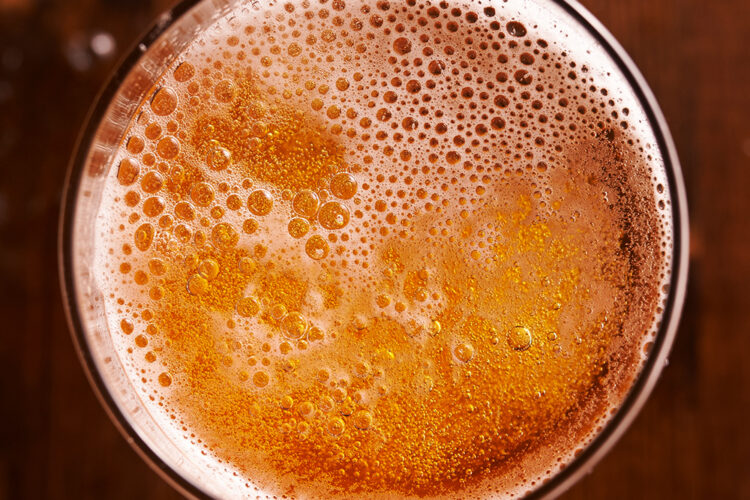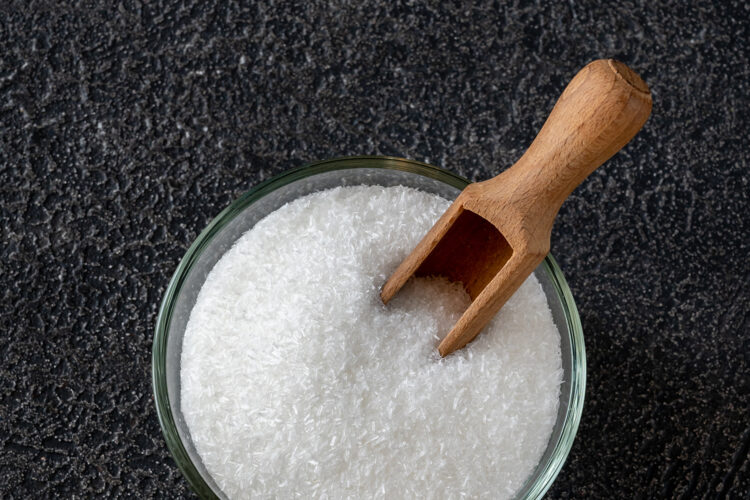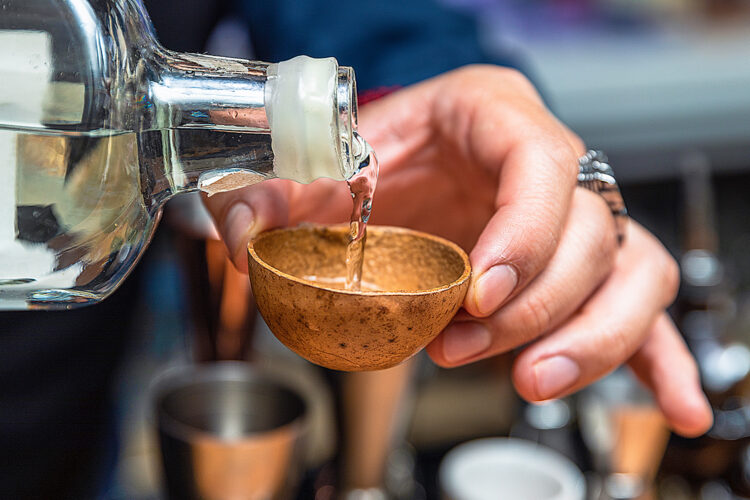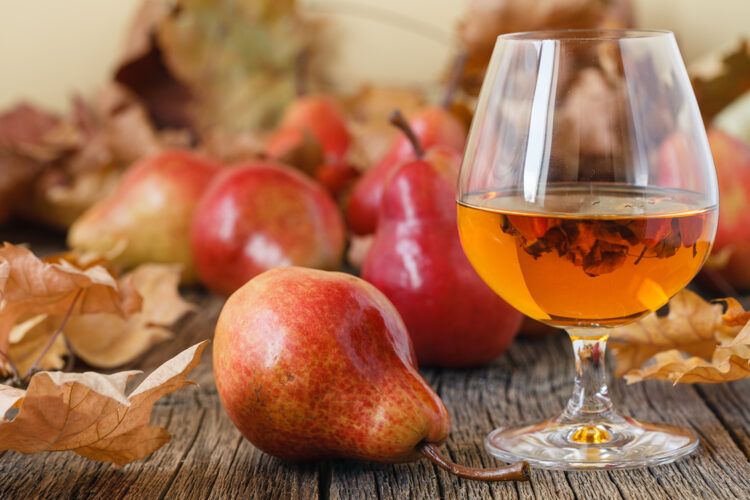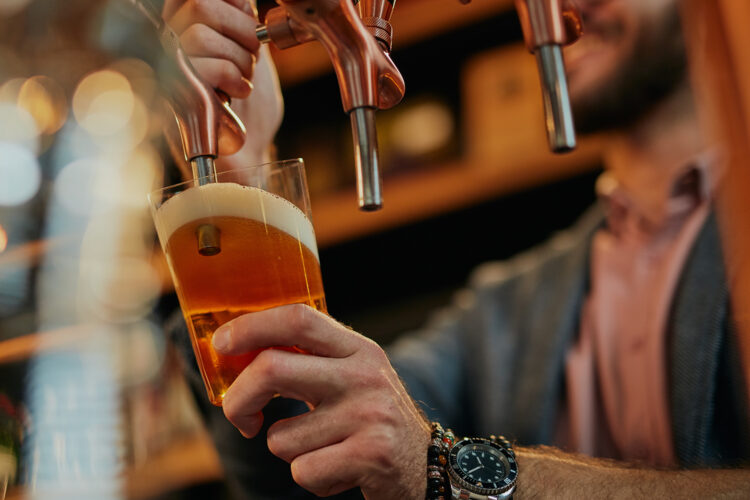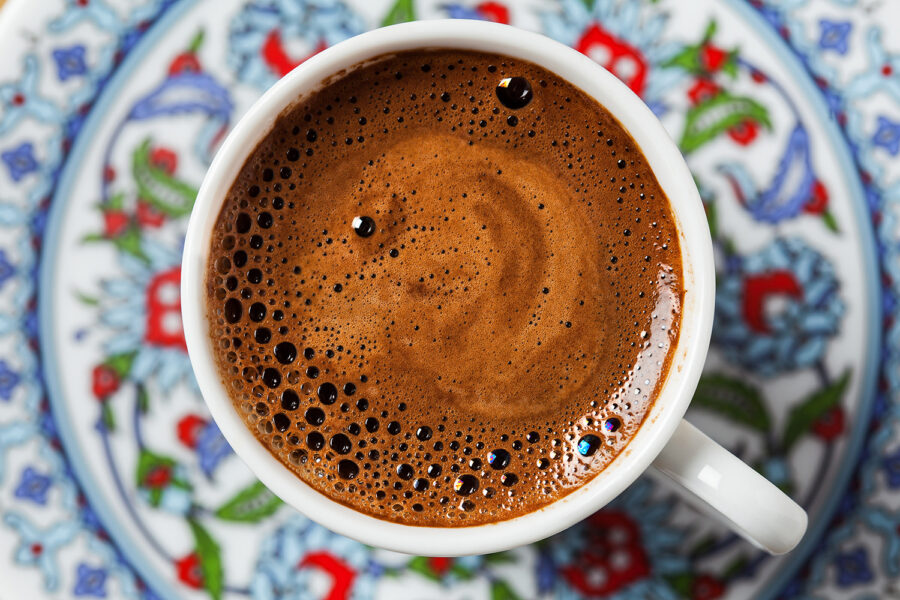As we move into 2026, the beverage landscape continues to evolve with exciting new flavors, ingredients, and experiences. From ancient spirits making modern comebacks to innovative cocktail ingredients pushing creative boundaries, these trends reflect a growing appreciation for authenticity, tradition, and bold experimentation. Here are ten emerging drink trends poised to make waves in the coming year.
These trends were chosen by Datassential experts to highlight because they are those have gained the most awareness among consumers over the past year. What makes these particularly compelling is that just twelve months ago, many consumers had never heard of them. Now, they’re gaining serious momentum, making this the perfect time for beverage industry professionals to get in on the ground floor by getting them on the menu. And while this list contains a varied look at trending beverages overall, it’s no coincidence that many of these emerging trends showcase global flavors; tapping into American consumers’ insatiable appetite for international taste experiences that transport them beyond familiar territory.
 EN | English UK
EN | English UK DE | Deutsch
DE | Deutsch FR | Français
FR | Français IT | Italiano
IT | Italiano SP | Español
SP | Español